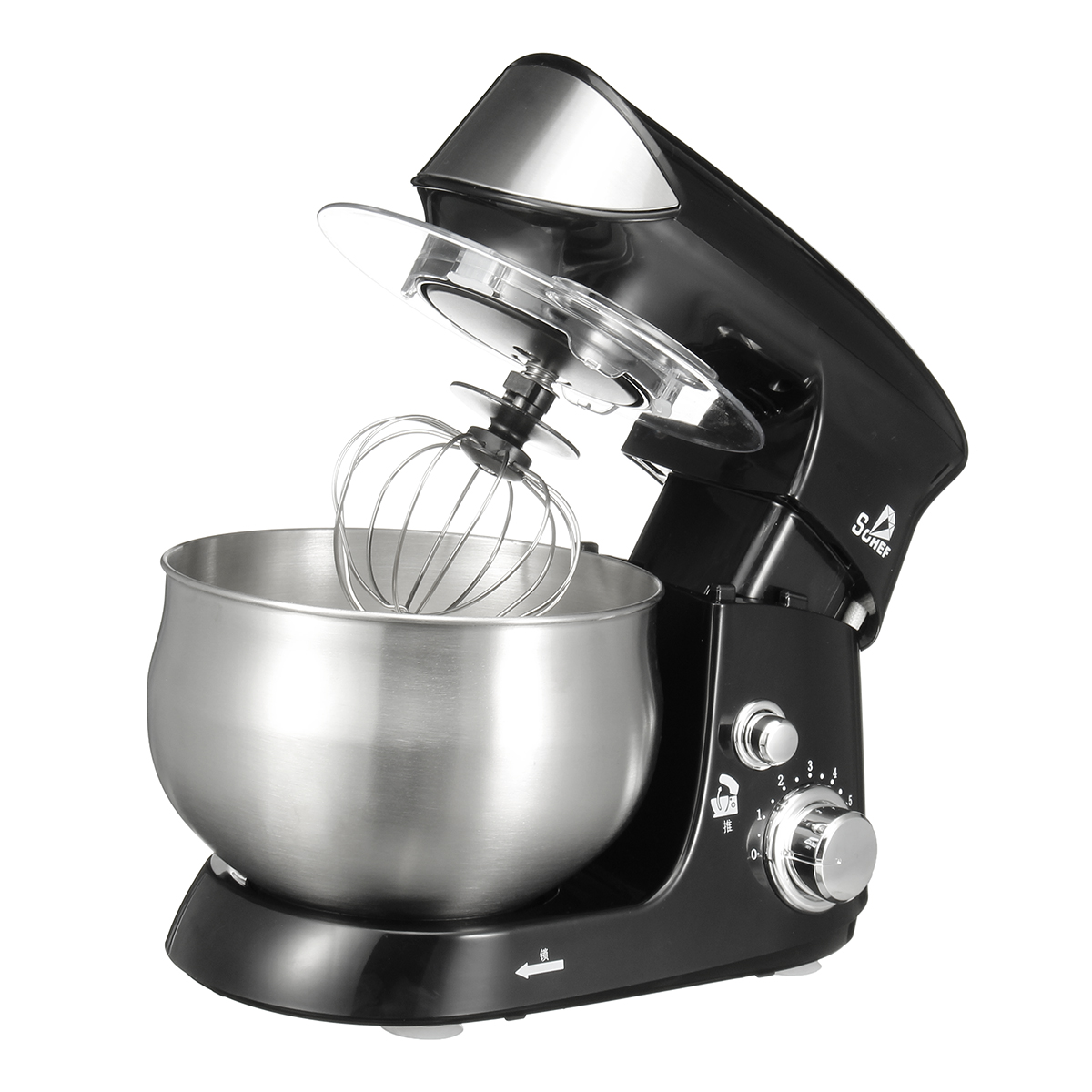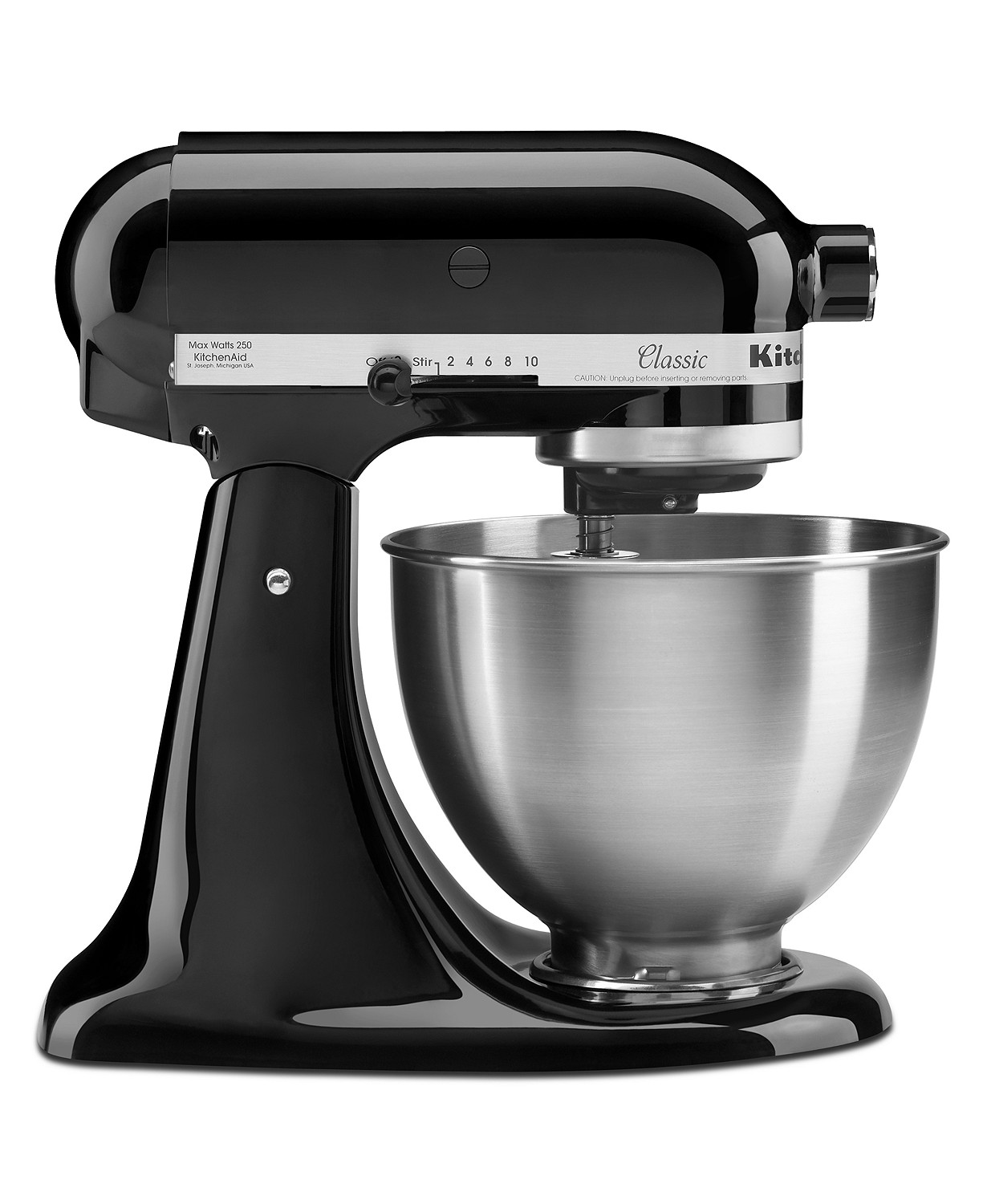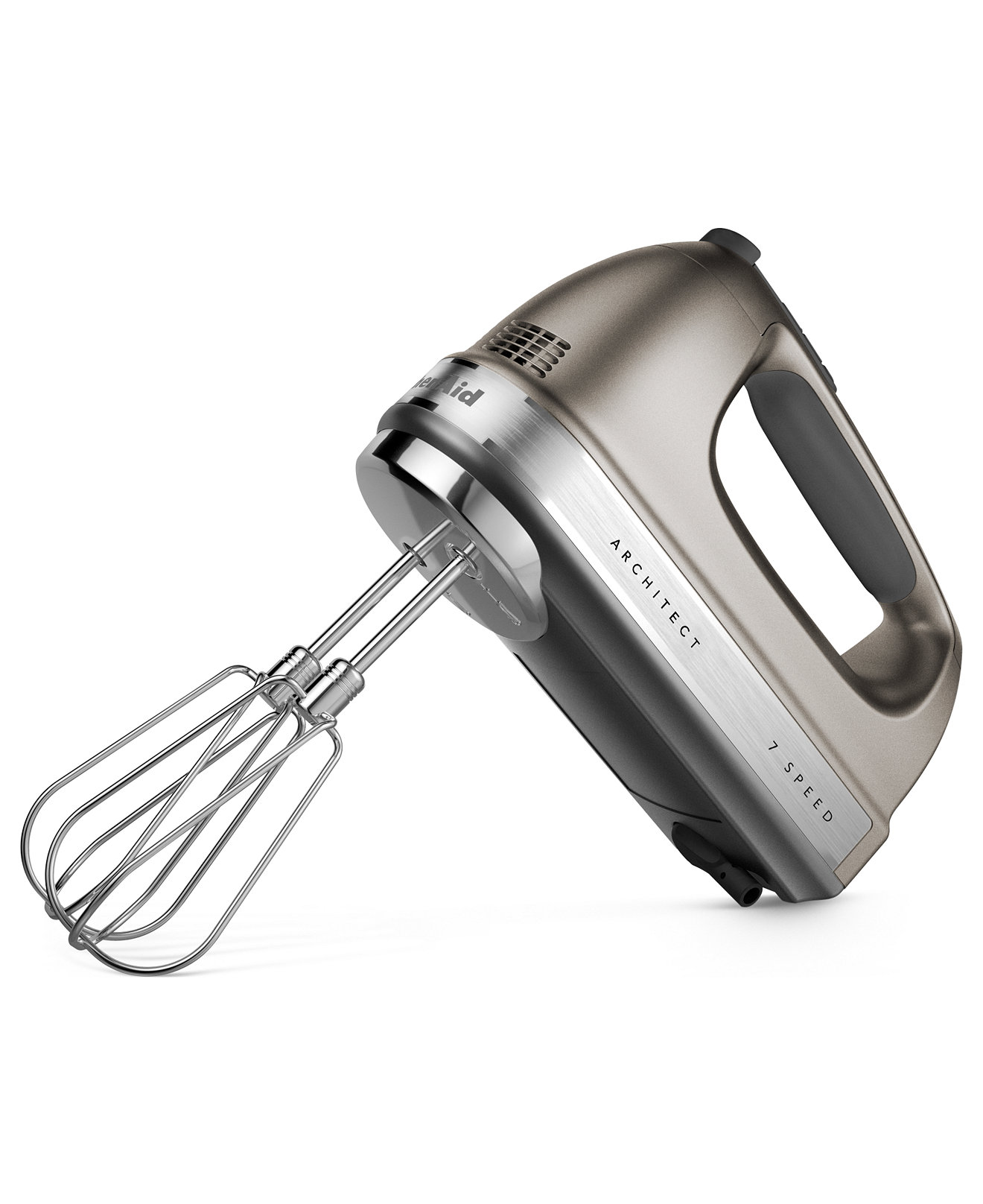Concrete mixers are vital for construction projects, enabling the efficient mixing of concrete for foundations, slabs, and other structures. However, the performance and longevity of these machines depend heavily on regular maintenance. Neglecting maintenance can lead to breakdowns, costly repairs, and project delays. This article outlines essential maintenance tips to ensure your concrete mixer remains in optimal condition, enhancing productivity and minimizing downtime.
Understanding Your Concrete Mixer
Concrete mixers come in various types, including drum mixers, stationary mixers, and mobile mixers, each designed for specific applications. Understanding the design and functionality of your mixer is the first step in effective maintenance. Here are the main components to focus on:
- Drum: The mixing chamber where concrete ingredients are combined.
- Engine: Provides the power for mixing and driving the mixer.
- Chassis: The frame supports the mixer and houses its components.
- Hydraulic System: Used in some mixers for tipping and unloading.
Regular Cleaning: The First Step in Maintenance
A clean concrete mixer is essential for its efficiency and longevity. Residue from dried concrete can impact the quality of future mixes and lead to mechanical issues. Here’s a cleaning routine you should follow:
- Daily Cleaning: After each use, rinse the drum with water. If concrete has started to set, use a chisel to scrape off the remnants.
- Weekly Deep Clean: Remove any accumulated debris and perform a thorough wash of the drum and discharge chute.
- Monthly Inspection: Look for any signs of wear or damage in the drum lining and repair as necessary.
Lubrication: Keep Moving Parts Smooth

Lubrication is crucial for reducing friction and preventing wear in moving parts. Here are specific areas where lubrication is essential:
- Bearings: Check and lubricate mixer bearings regularly to ensure smooth operation.
- Gears: Use the manufacturer’s recommended grease to lubricate gears and pulleys.
- Hydraulic Seals: Inspect hydraulic seals for leaks and apply lubricant as necessary to reduce friction.
According to industry statistics, proper lubrication can extend the life of mechanical components by up to 50%, significantly reducing maintenance costs.
Regular Inspections: Catch Problems Early

Regular inspections can help identify issues before they escalate into major problems. It’s advisable to implement a systematic inspection schedule:
- Daily Checks: Look for fluid leaks, listen for unusual noises, and check for loose bolts or connections.
- Weekly Inspections: Examine belts, hoses, and the hydraulic system for wear and tear.
- Monthly Maintenance: Conduct a comprehensive review of all electrical connections and battery health.
A construction company in Texas reported that implementing a regular inspection program reduced their equipment downtime by 30% over six months, demonstrating the effectiveness of this practice.
Understanding and Monitoring Fluid Levels

Maintaining proper fluid levels is vital for the efficient operation of your concrete mixer. Here’s a list of fluids to monitor:
- Engine Oil: Check and change oil based on the manufacturer’s recommendations, typically every 100 hours of operation.
- Hydraulic Fluid: Ensure that the hydraulic fluid is clean and at the correct level to avoid system failure.
- Coolant: Regularly check coolant levels to prevent overheating during operation.
In a study conducted by the American Concrete Institute, it was found that improper fluid levels were a leading cause of mixer malfunctions, emphasizing the importance of regular monitoring.
Addressing Wear and Tear: Replacement Parts
Over time, certain parts of your concrete mixer may wear down and require replacement. Here’s what to look out for:
- Drum Liners: Inspect for cracks and replace them when necessary to maintain mixing efficiency.
- Blades: Worn or damaged mixing blades can lead to incomplete mixing; replace them as needed.
- Seals and Gaskets: Regularly check seals for leaks and replace them to maintain hydraulic pressure.
Case studies show that proactive replacement of worn parts can reduce maintenance costs by up to 40%, as it prevents more significant issues from developing.
Training Operators for Better Maintenance
Proper training of operators is crucial to ensure the longevity of your concrete mixer. Educating your team on best practices can lead to better care and maintenance. Consider the following:
- Operational Training: Teach operators the correct procedures for mixing, cleaning, and maintaining the equipment.
- Safety Protocols: Ensure that operators understand safety measures to prevent accidents during operation.
- Maintenance Training: Provide basic maintenance training to operators so they can identify minor issues before they escalate.
A construction firm in California reported a 25% decrease in maintenance costs after implementing a comprehensive training program for their operators, highlighting the importance of skilled personnel in equipment upkeep.
Record Keeping: Track Maintenance Activities

Maintaining a detailed log of maintenance activities can help in tracking the health of your concrete mixer. Here’s what to include in your records:
- Date of Maintenance: Record the date for each service or inspection.
- Type of Maintenance: Specify whether it was a routine check, repairs, or part replacements.
- Observations: Note any issues found and actions taken to resolve them.
Companies that maintain accurate records can better predict maintenance needs and avoid unexpected breakdowns, ultimately saving time and money.
Conclusion: Key Takeaways for Concrete Mixer Maintenance

Maintaining a concrete mixer is essential for ensuring its longevity and efficiency. By following these key maintenance tips—regular cleaning, lubrication, inspections, fluid monitoring, proactive replacements, operator training, and diligent record-keeping—you can keep your equipment running smoothly and minimize downtime. The investment in maintenance not only extends the life of your concrete mixer but also enhances the overall productivity of your construction projects. Remember, a well-maintained mixer reduces operational costs and contributes to successful project outcomes.
